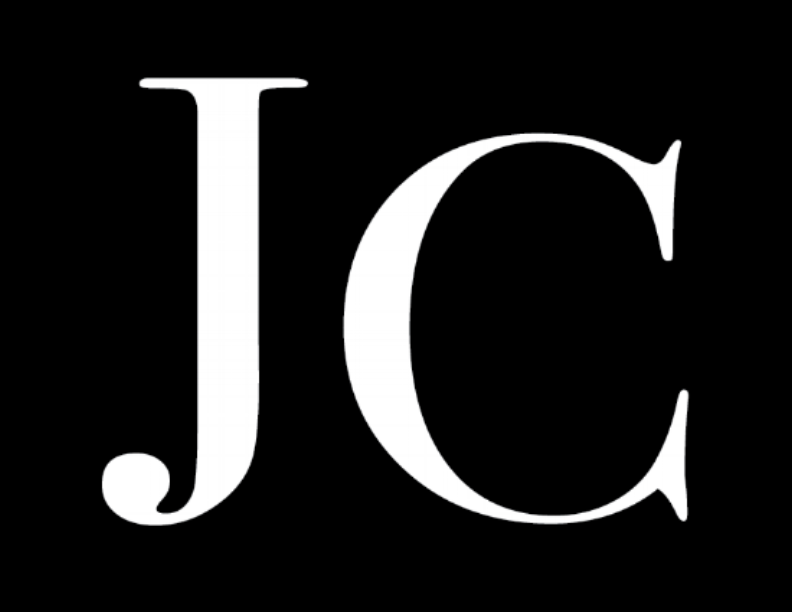Thank you for the opportunity to read your manuscript, xxxxx. As someone who began my career teaching junior high and then high school, I applaud your commitment to young people ! It is certainly a tremendously valuable goal to improve even one student’s likelihood of graduating from high school. There is so much need for honesty, encouragement, support, and clear pathways to success.
AUDIENCE
Given that your audience is individuals of about fifteen or sixteen years old, what role are you taking in relation to them? Are you writing in the voice of (A) a parent, counselor, or teacher? Or are you writing in (B) the voice of someone who once faced the same choices? Or even perhaps in (C) the voice of your father who did not complete high school?
If (A) then I’m not sure how your message would be distinguished from any of these figures who might offer the same range of excellent advice on relevant topics. Why would the youngster listen to you if he/she didn’t listen to parent, teacher, counselor or another adult? If NO ONE is speaking to the youngster, then your book does present the full range of messages necessary to attempt this important conversion of a drop out into a high school graduate.
(B) and (C) are more interesting voices, in my opinion, even though your father’s 8th grade education might be (in some ways) the equivalent of a high school education today. Please consider telling your father’s story in more detail. And your own story might also be of interest. Stories are often more compelling than directives to do this or that.
Another consideration regarding audience is about what media this age individual is likely to find appealing. A printed book is often my first choice, but I’m not sixteen anymore! If you are committed to a printed format, think about something that might look like a graphic novel (sort of comic book format). It seems that this format is very popular. I’ve seen people use rap music, animation, video, and other media to convey a message to this age group. An interactive website would be another option.
COMPETITION
As someone formerly in publishing, I always want to know what the competition is for a project. What else is out there addressing this topic? How is your book different (or the same)? I find that the process of reviewing the competing products will often help an author clarify what their purpose is and how they will achieve that purpose. What are the options that a school district would have when seeking materials on this topic? I don’t know what the competition is, but you might want to take a look as any publisher will ask you this question.
CONTENTS
In some ways this book is a primer of life skills, not just a book about why not drop out. Even kids going to college should pay attention to nutrition, monthly expenses, and personal appearance, etc. It is both too little and too much. What is the essential purpose of the book? For the most part, the manuscript seems to step around the real, nitty-gritty economic and social causes for the drop out rate. What are the resources for kids when it doesn’ t feel like a choice, but a necessity? For a book focused specifically on persuading kids not to drop out, perhaps there is too much information, too many topics. I’m not persuaded that the discussion on socio-economic levels will help an individual student get motivated to stay in school.
If you stay with this format (printed book) I would encourage you to do more “information mapping.” Look for ways to represent the message as an illustration, flow chart, graph, decision tree graphic, or other designed way to make information more appealing to the eye. It needs to be presented in bite-size chunks. Even using boxes around some short paragraphs helps the reader see what he/she can grasp in a few minutes if that’s all the time they have for now.
You are doing all the right things by asking for feedback from a variety of people! Again, it is admirable that you have taken the time to create this guidebook for young people! We DO need to focus on this and try to figure out what all of us can do to change these lives so kids will stay in school and take advantage of all the wisdom you are offering them!
